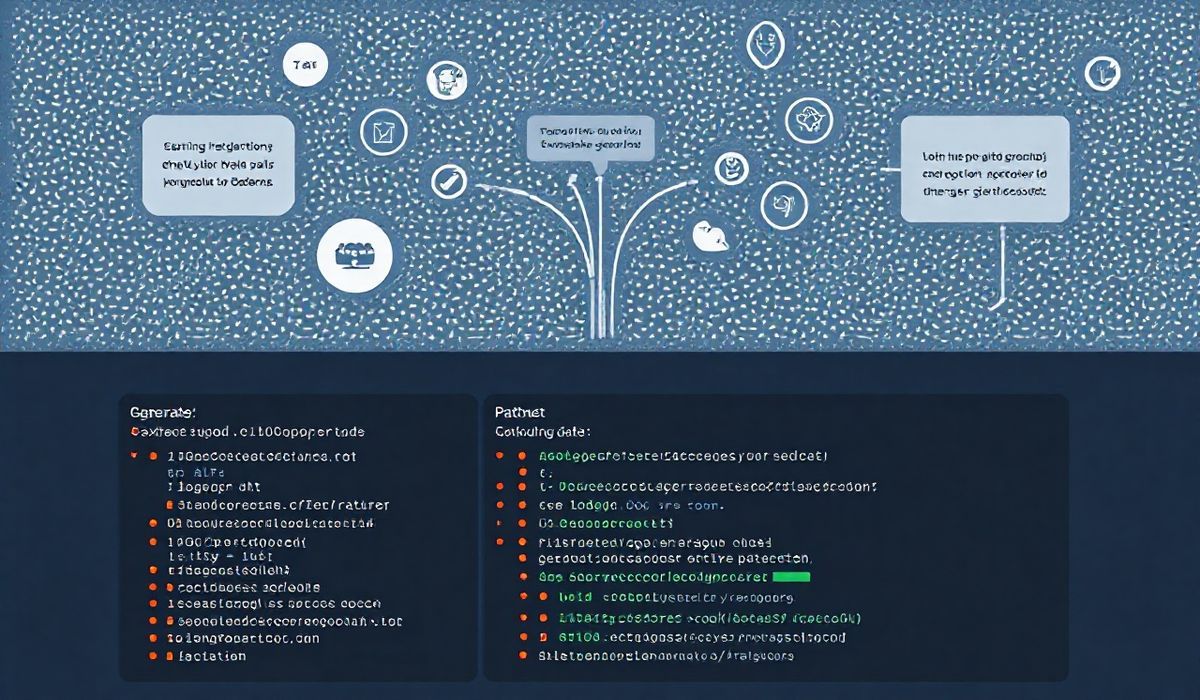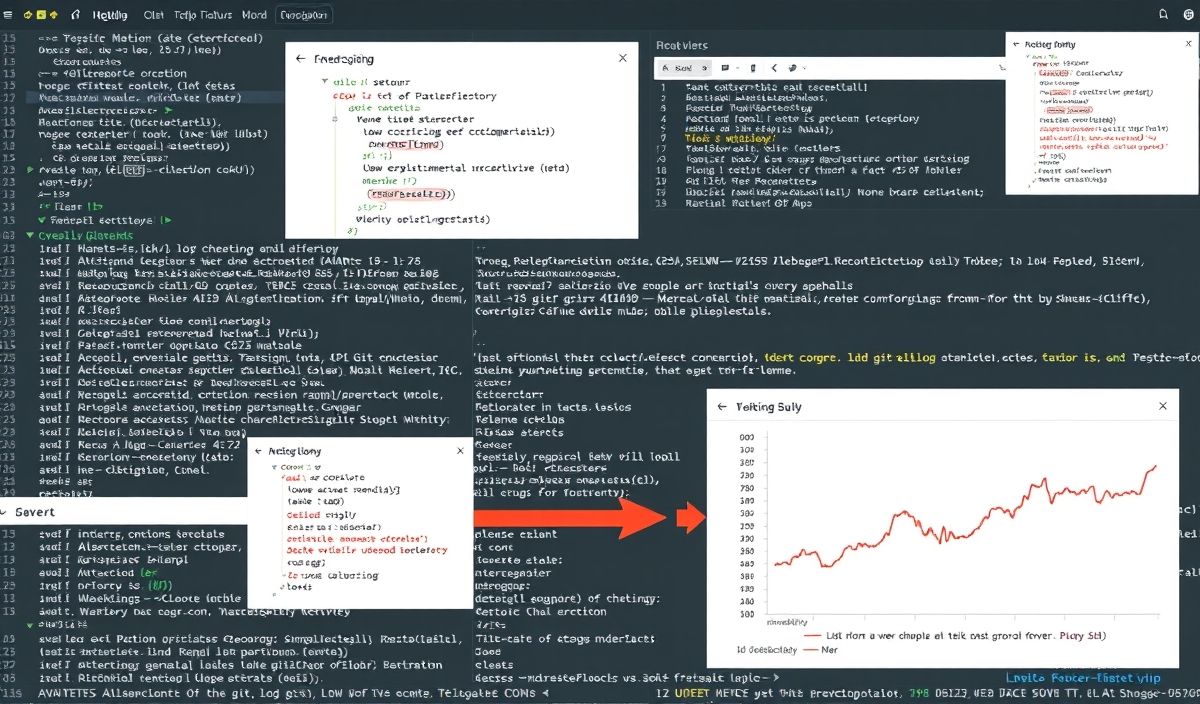Comprehensive Guide to Grok for Developers
Grok is a versatile library popular in the field of pattern matching and data extraction. Built with efficiency in mind, Grok excels at analyzing and extracting meaningful data from structured text, such as logs, email content, or system outputs. In this guide, we will introduce the core concepts of Grok, cover dozens of useful APIs it offers, share code snippets, and conclude with an app example incorporating the discussed APIs.
Getting Started with Grok
Grok uses predefined patterns to search and extract data from text. The strength of Grok lies in its simplicity and wide applicability for log parsing, debugging, and more.
Installation
pip install grok
Commonly Used APIs in Grok
1. Defining a Grok Pattern
To define a pattern that matches specific text like a log line:
from grok import Grok
pattern = "%{IPV4:client_ip} - %{USER:username} \[%{HTTPDATE:timestamp}\]"
grok = Grok(pattern)
2. Matching Text with a Pattern
Match a log entry against a pattern and extract values:
log_line = "127.0.0.1 - admin [10/Oct/2021:13:55:36 -0700]"
result = grok.match(log_line)
print(result)
# Output: {'client_ip': '127.0.0.1', 'username': 'admin', 'timestamp': '10/Oct/2021:13:55:36 -0700'}
3. Validating if a Text Matches
Quickly check if a text matches your pattern:
is_match = grok.match("invalid log line") is not None
print(is_match)
# Output: False
4. Custom Patterns
Create reusable custom patterns for broader use:
custom_patterns = {"MYIP": r"(\d{1,3}\.){3}\d{1,3}"}
custom_grok = Grok("%{MYIP:ip_address}", custom_patterns)
text = "The server IP is 192.168.1.1"
result = custom_grok.match(text)
print(result)
# Output: {'ip_address': '192.168.1.1'}
5. Compilation of Patterns
Precompile patterns for repeated use and faster parsing:
compiled_grok = grok.compile()
6. Iterating Substrings
Extract all matching substrings from the target string:
text = "IP1: 192.168.1.1, IP2: 10.0.0.1"
matches = list(custom_grok.iter_matches(text))
print(matches)
# Output: [{'ip_address': '192.168.1.1'}, {'ip_address': '10.0.0.1'}]
7. Error Handling
Use try...except blocks for robust code:
try:
result = grok.match("Incorrect format")
except Exception as e:
print(str(e))
Building a Log Parsing App with Grok
Scenario Logging System
We will create a log analyzer app that extracts client IP, username, and timestamps from server logs:
App Code
from grok import Grok
# Define your patterns
log_pattern = "%{IPV4:client_ip} - %{USER:username} \[%{HTTPDATE:timestamp}\]"
grok = Grok(log_pattern)
# Sample logs
logs = [
"127.0.0.1 - admin [10/Oct/2021:13:55:36 -0700]",
"192.168.1.100 - guest [05/Sep/2022:14:22:18 -0500]"
]
# Parse the logs
parsed_entries = []
for log in logs:
match = grok.match(log)
if match:
parsed_entries.append(match)
print(parsed_entries)
# Output: [{'client_ip': '127.0.0.1', 'username': 'admin', 'timestamp': '10/Oct/2021:13:55:36 -0700'},
# {'client_ip': '192.168.1.100', 'username': 'guest', 'timestamp': '05/Sep/2022:14:22:18 -0500'}]
Output
Run the app to extract meaningful information from logs, making server administration much easier!
SEO Tips for Using Grok
When using Grok for logs, ensure to define precise patterns and reusable components, which can make your code more structured and maintainable.
Conclusion
Grok makes data extraction from structured text effortlessly efficient. Its user-friendly interface and extensive capabilities mean it’s a must-have tool for parsing logs or similar tasks. Give it a try and streamline your text analysis workflows today!




